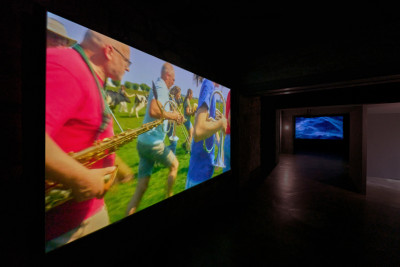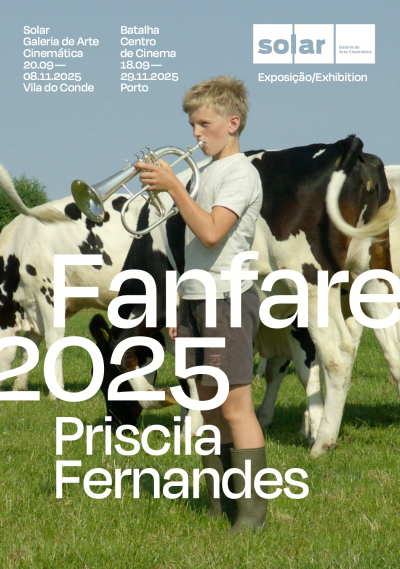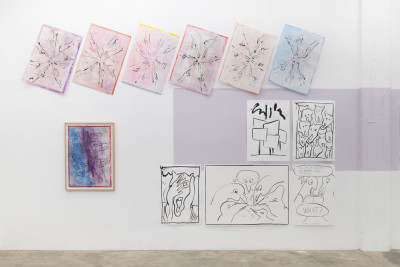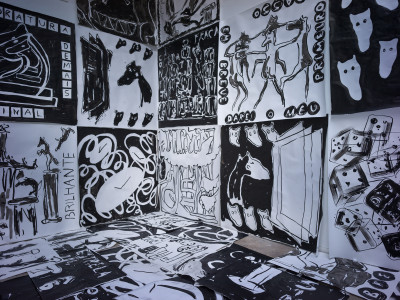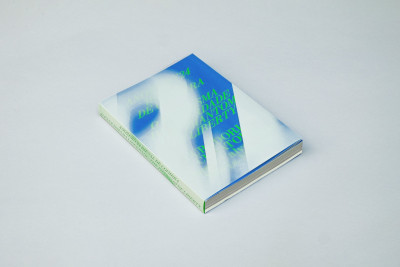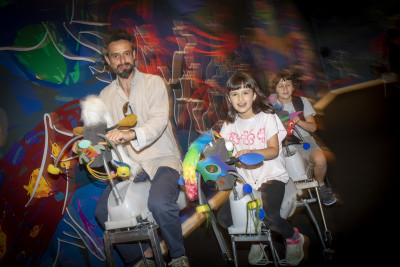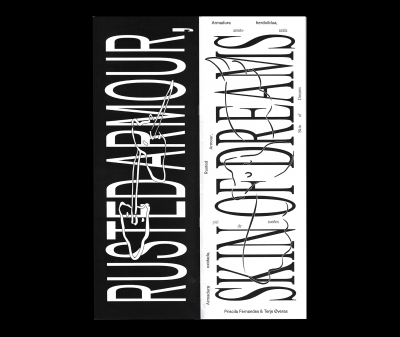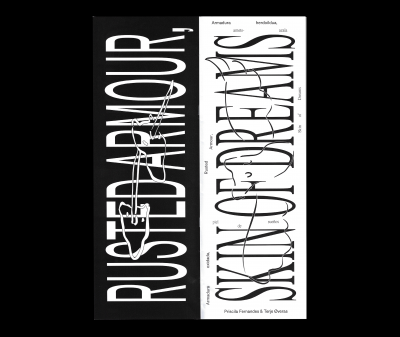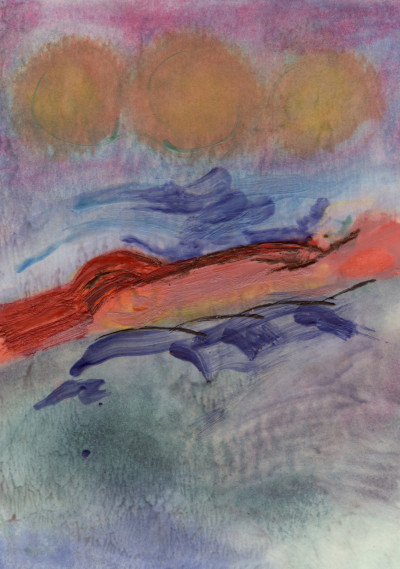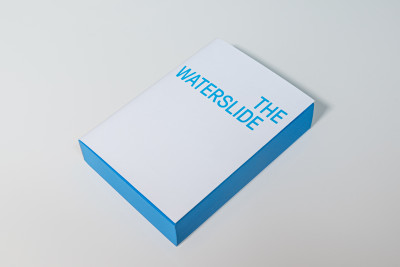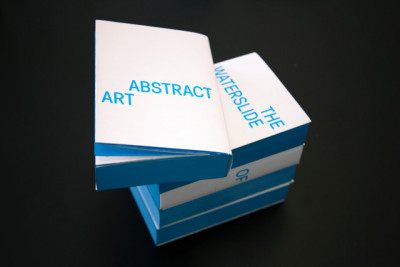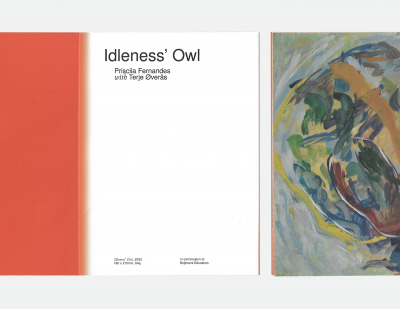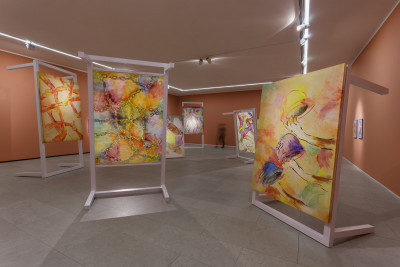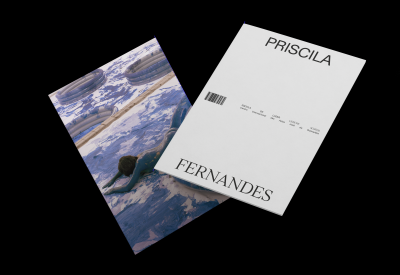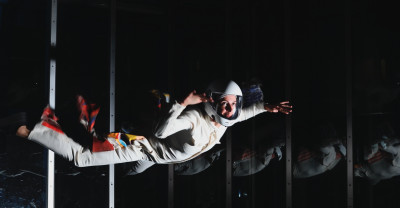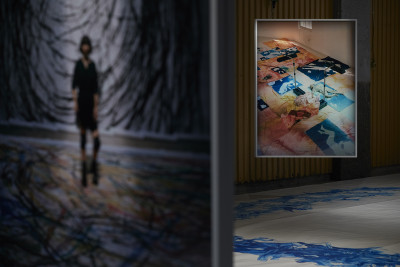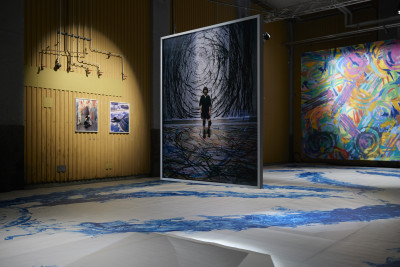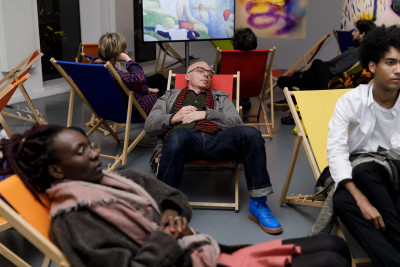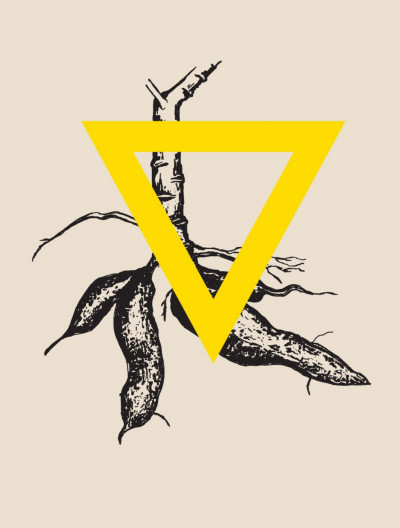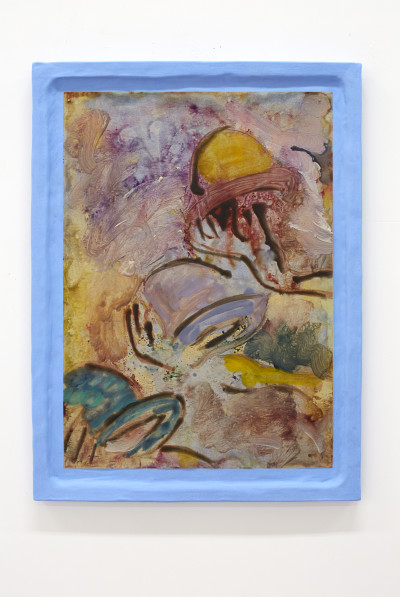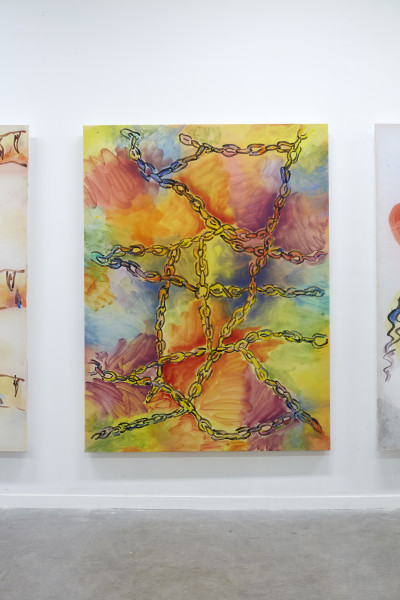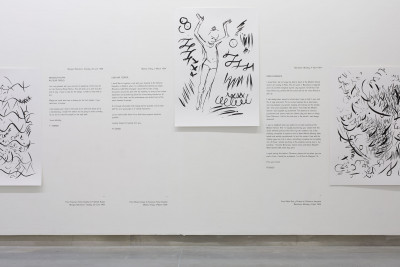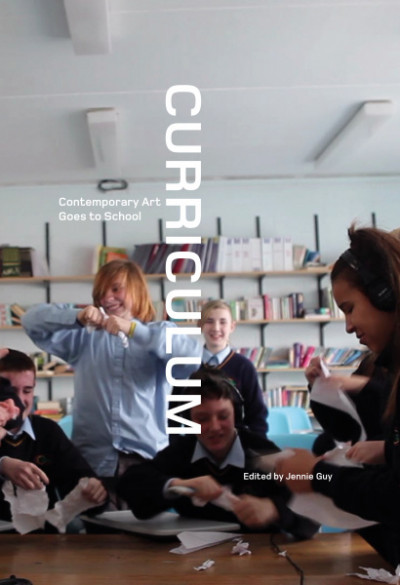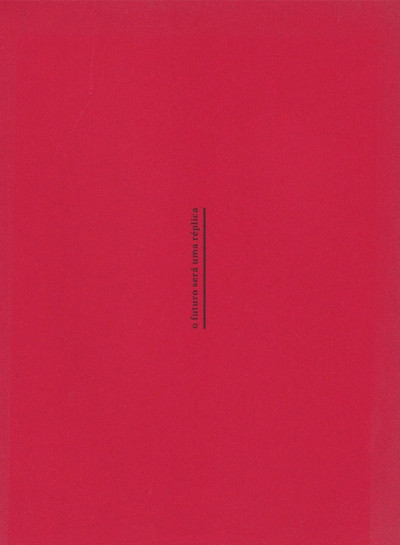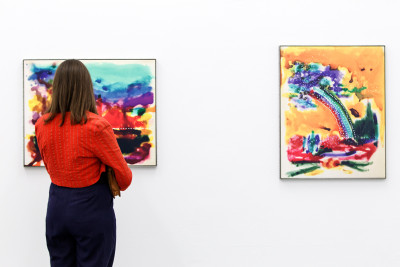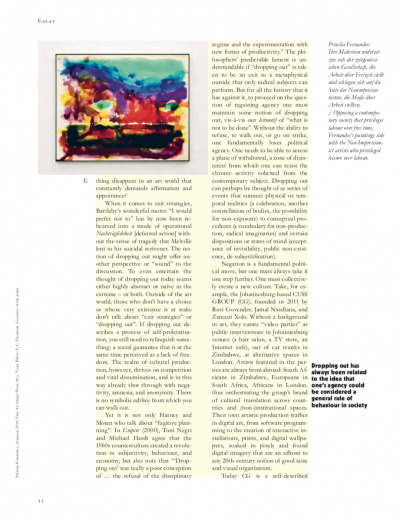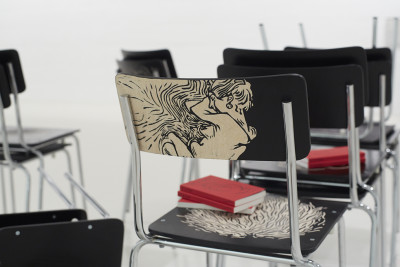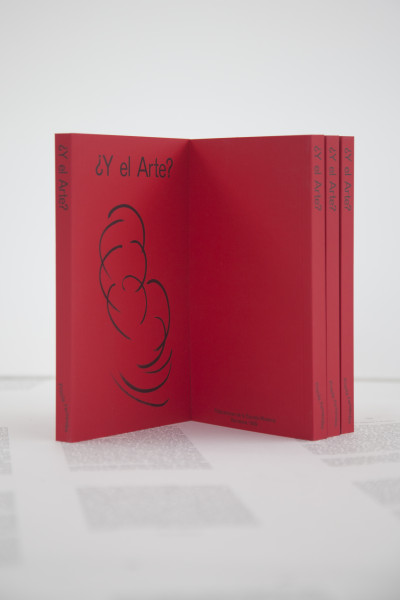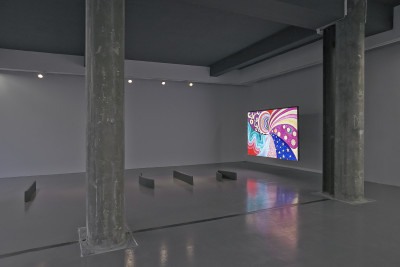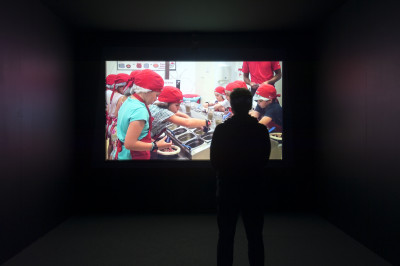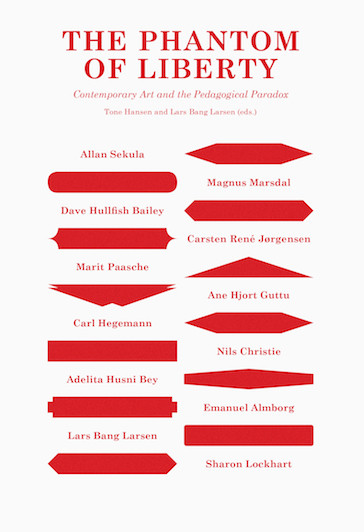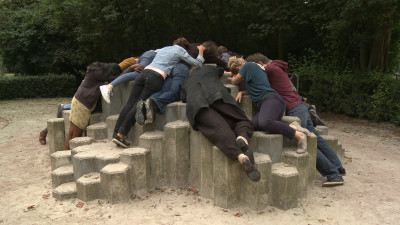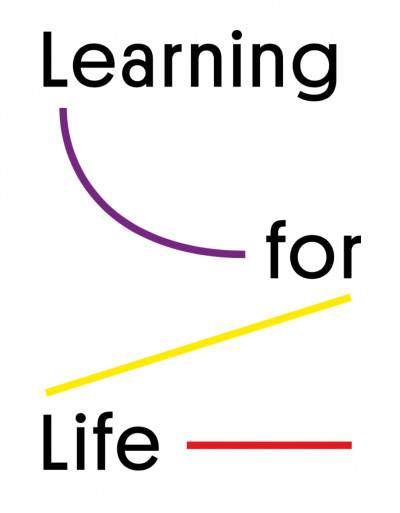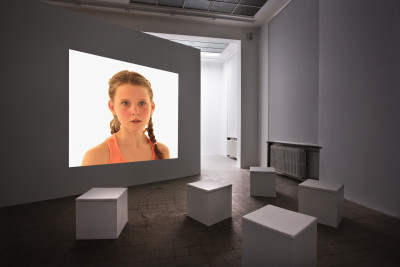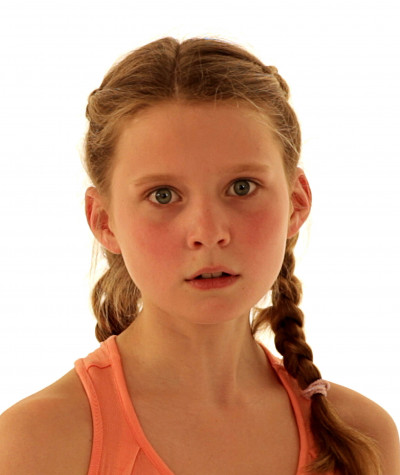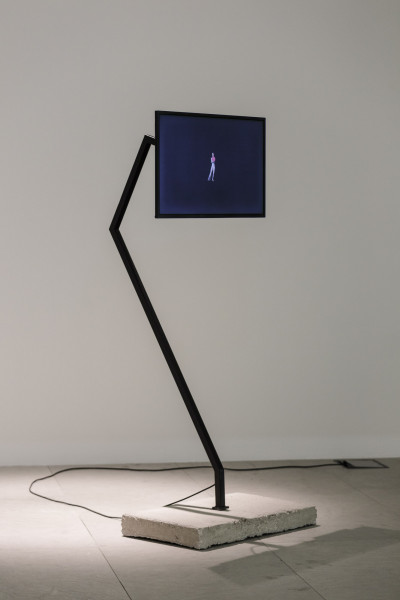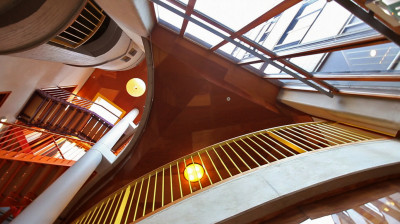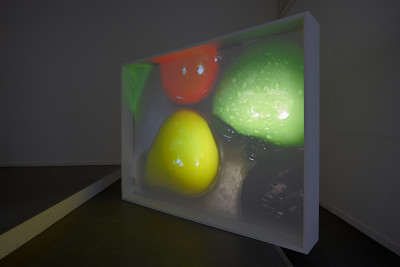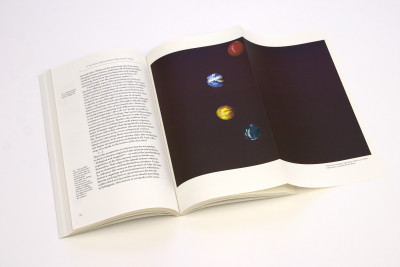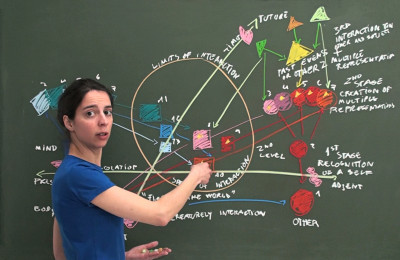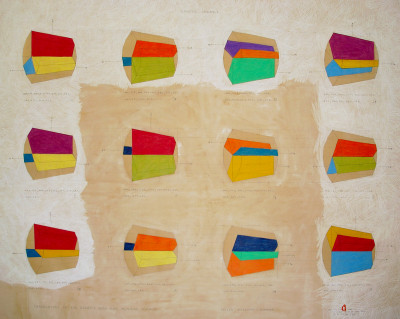News Stand is the first solo exhibition by Priscila Fernandes at Dialogue Gallery. Fernandes has created a new body of work in which she grapples with—and attempts to process—the pain and anxiety of witnessing a crumbling world through the news. The metaphor of the news stand mirrors the relentless churn of news agencies and printed media headlines, underscoring the inescapable, suffocating presence of current events in our lives.
What does it mean to live in times when the world is shaking, when the very ground of humanity is turning upside down? In Regarding the Pain of Others, Susan Sontag argues that people do not become indifferent to violent images—they grow numb when they feel powerless to act, and passivity takes hold.
In her urgent resistance to passivity, Fernandes turns to drawing as a means of processing violence and terror. These works function as visual diaries—a method of self-care, a mental exercise in digesting pain and anxiety, but also an act of solidarity, accountability, and defiance. Just as Simone Forti in her News Animations (1980-2018) "danced" the news as a way to live with them—internalizing and digesting them through physical movement—Fernandes' spontaneous drawings similarly resemble dance. These works emerge as spontaneous writing, where the artist's emotional response guides the movement of her hand.
At first glance, Fernandes' drawings appear as light and playful sketches. But beneath the surface lies a complex act of archiving, documenting, and preserving moments of crisis and despair. Titles like The Floor is Lava or Is There Water on Mars? adopt the tone of a child's innocent questioning, rendering the absurdity of our collapsing world even more chilling. In her Strips series, animal figures—reminiscent of folklore, political satire, or Orwell's Animal Farm—wryly comment on political, economic, and ecological collapse. In Sometimes I Dream I Can Fly, bluebirds evoke Cinderella's helpers, magical agents of justice in a world that increasingly denies it.
In Apontar o dedo, fingers point in accusation, deflecting blame or demanding truth. Body Panics depicts spines, tongues, hands, and ears melting into one another—bodies destabilized, betraying themselves. Bouncing Balls capture restless anxiety, the inability to focus or accept. Do We Still Have a Spine?, Target, Eyes on Us, We Are All Witnesses, Falling Down, Fence, Hungry Pigeons, Migration, Riviera of the Middle East—each piece howls with pain, echoing the genocide in Gaza and Europe's brutal anti-migration laws. How to find yourself before the ice caps melt? whispers of climate collapse, while mythic references like Saturno Devora Tudo and Horses of the Apocalypse question whether a future is even possible. And yet, amid it all, a grinning figure insists, It Will Only Get Better, as an advertisement cheerfully commands: Lose Weight.
Dark times summon monsters. They multiply, feeding on anxiety and apathy. To resist evil means to be conscious of the privilege of allocating the structures that dictate who is seen, who is heard, and who is mourned. Accountability for witnessing calls to dismantle the boundaries between "us" watching and "them" being watched. Only through this confrontation can witnessing evolve beyond passive absorption into solidarity and accountability.
Text by Katia Krupennikova
